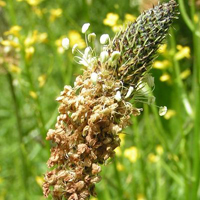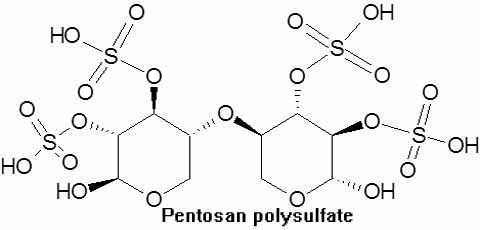
About Isabgul
Botanical name:-Plantago ovate
Family:-Plantaginacea
- Sanskrit: Ashvagola. Ashwakarna
- English: Ispaghula, Spogel seeds
- Gujrati: Isafaghol
- Hindi: Isabghul
- Kannada: Issagolu
- Malayalam: Karkalasaringi
- Marathi: Isabgol
- Oriya: Isapgol
- Tamil: Ishappukol
- Telugu: Isapagola
Geographical Distribution
The main origin of Isabgol is Persia. It is a medicinal plant native to Western Asia, Southern Asia, the Mediterrian Region and North Africa. Isapgol is a rabbi crop mainly cultivated in Gujarat, Punjab, Maharashtra and South Rajasthan. In India Isapgol is found to be cultivated in 50 thousand hectares of areas.
Plant facts: Morphologically Psyllium is a bushy herb growing in sandy, salty soil.
Parts Used: In Pharmaceutical field dried seeds as well as Husk is used for the Medicinal purpose.
Chemical Constituents
Isapgol husk and seeds contain pentosan and aldobionic acid. Mucilage is also present in the epidermis seed. Some other important constituents are Fixed oil and proteins. Hydrolytic products are rhamnose, arabinose and galacturonic acid. Plantago seeds contain,Iridoids.The mucilage contains weakly acidic Arabinoxylans composed of a xylan backbone linked with Arabinose, Rhamnose, and Galacturonic acid units. Also 17.4% protein, 6.7% fat, 24.6% total dietary fiber, 19.6% insoluble fiber, 5.0% soluble fiber, and a combustion heat of 4.75 kcal/g. Osborne fractionation (based on solubility) yielded albumin 35.8%, globulin 23.9%, and Prolamin 11.7%. The oil from plantago seeds had a high percentage of Linoleic acid (40.6%) and oleic acid (39.1%) and a minor proportion of Linolenic acid (6.9%). In vitro protein digestibility of the plantago seed was 77.5%, suggesting a highly digestible protein. Lysine content was 6.82 g/100 g of protein.
Chemical Structure
